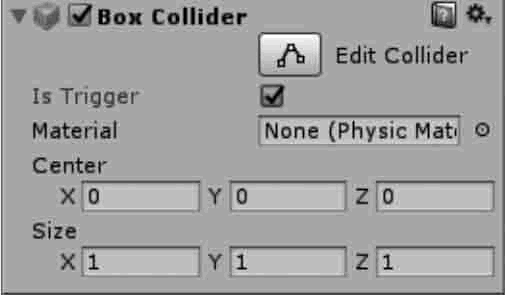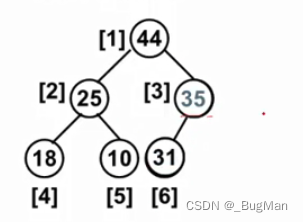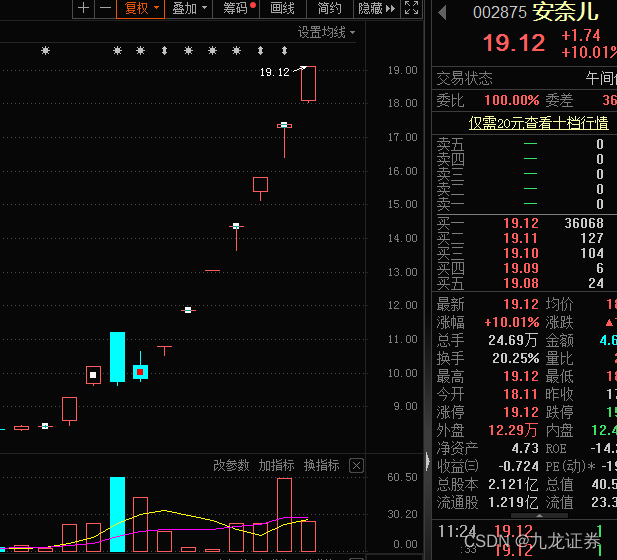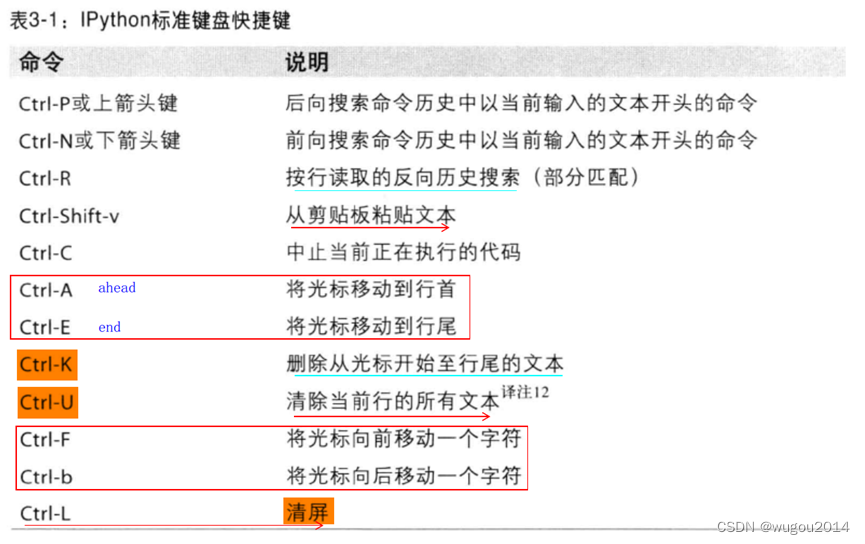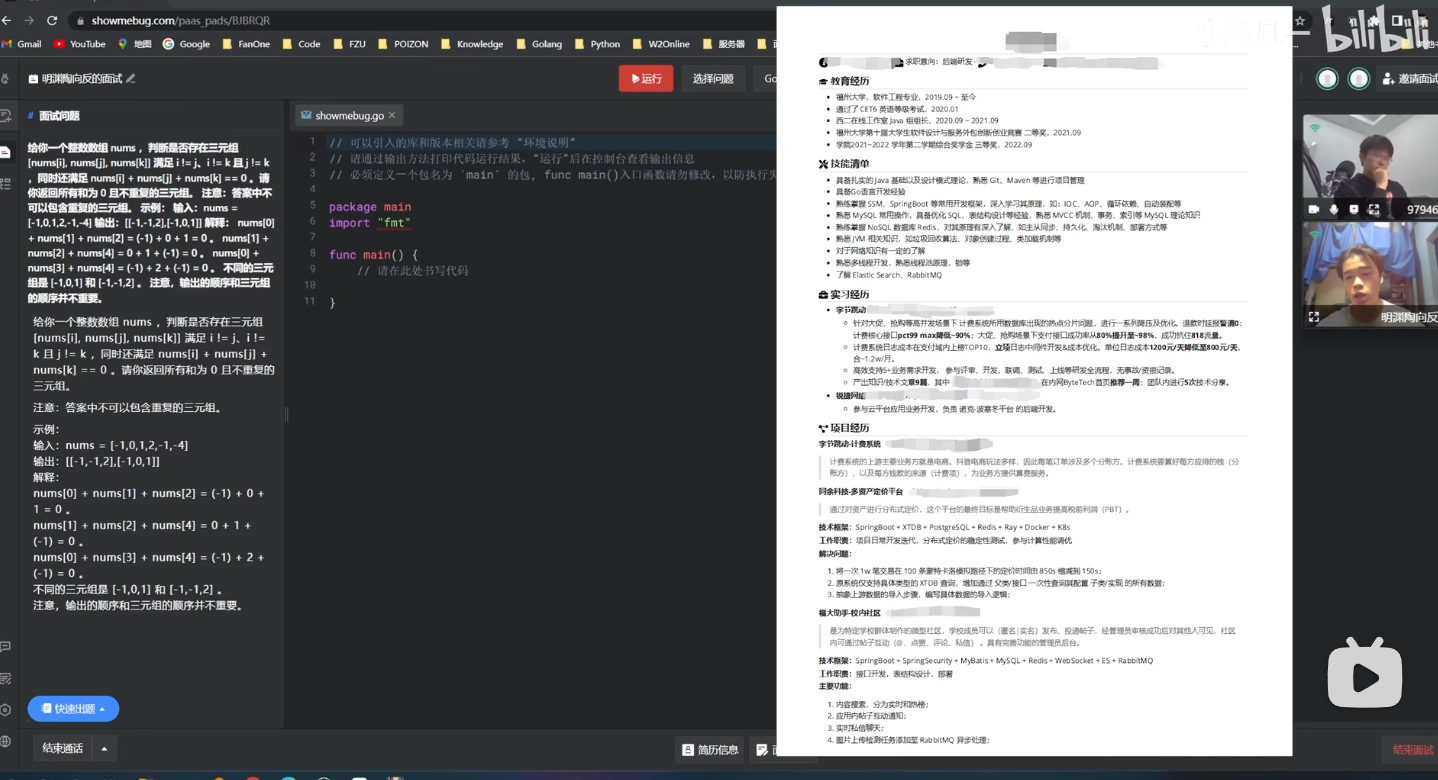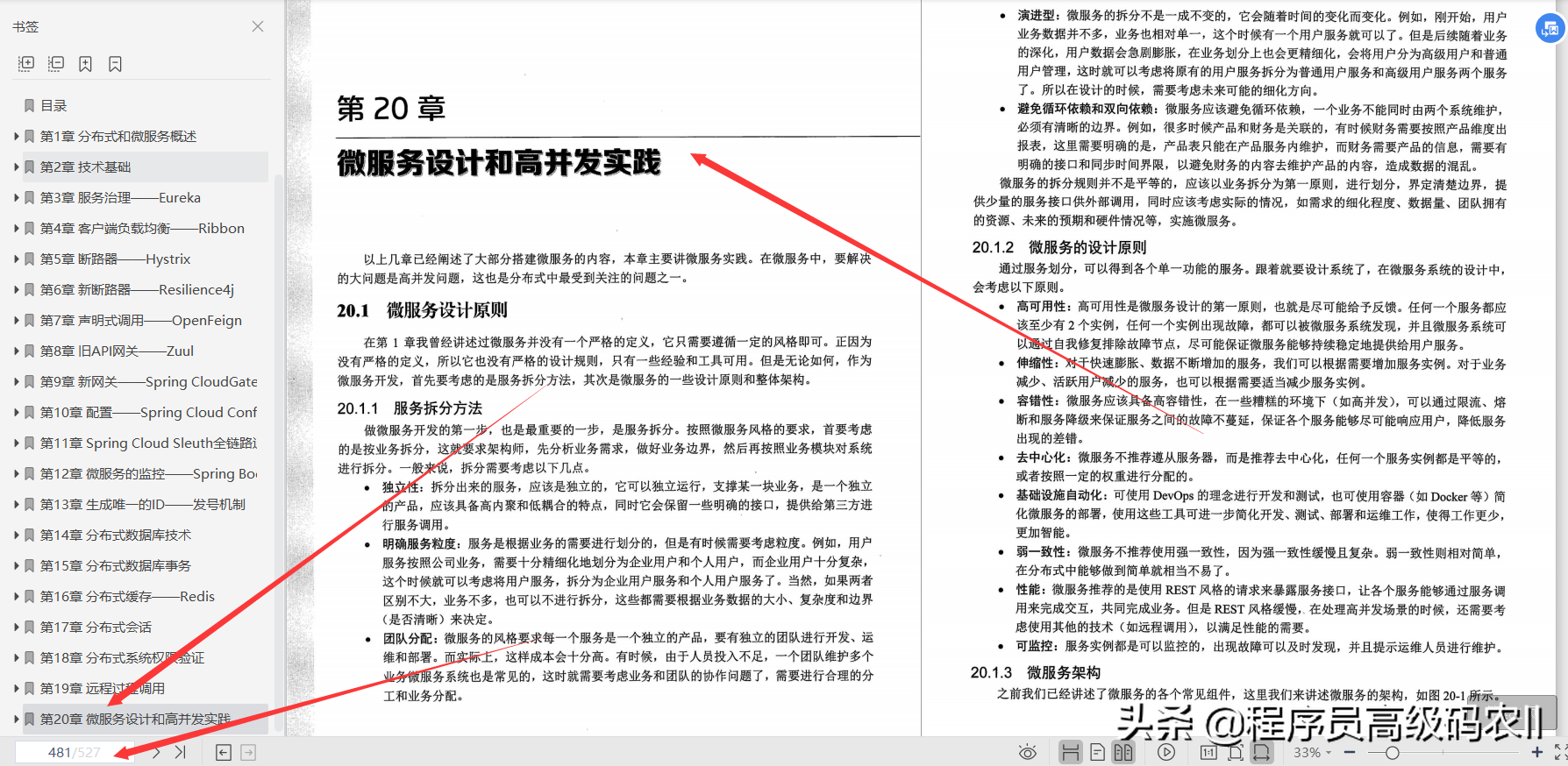1、几何矩和Hu矩
1.1几何矩
a)几何计算公式:

p、q为阶数,当p+q = 1时,几何矩为一阶矩,p+q = 2,几何矩为二阶矩,依次类推。。
因此,对于二值图像有:
所有前景像素的x坐标之和:
所有前景像素的y坐标之和:
所有前景像素的个数:
注:前景像素为像素值为对应类型的满像素值的像素。
b)几何中心矩计算公式


1.2 Hu矩
Hu矩计算公式:
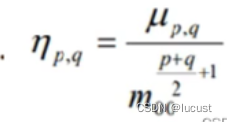
性质:Hu矩具有放缩不变性,旋转不变性。
利用下述7个值来进行轮廓匹配:

2、基于Hu矩的轮廓匹配
两个轮廓的参数计算公式(这里的即为上面的
值)。

两个轮廓的相似度计算公式:
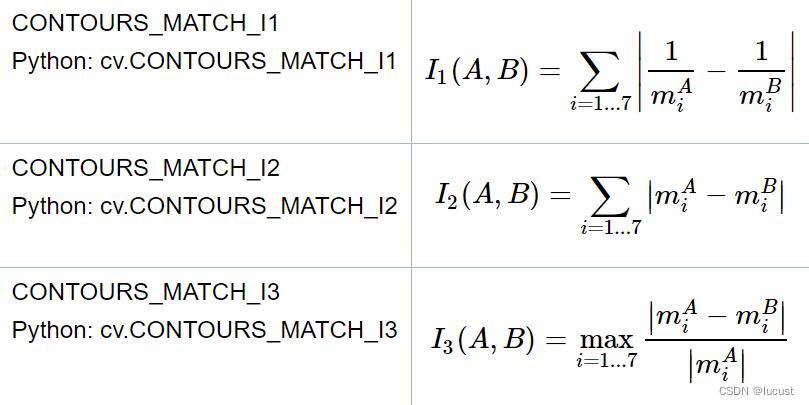
在常规使用时,常预设一个阈值,将相似度值与阈值进行比较,设定相似度大于阈值的两个轮廓为同一轮廓。
3、代码
步骤:
1、任选图像2中的一个轮廓,计算其Hu矩
2、对图像1所有轮廓计算Hu矩,将图像2的Hu矩与图像1的所有Hu进行比较
3、相似度阈值操作。
void QuickDemo::contour_get(Mat& image, vector<vector<Point>>& contours)
{
//高斯模糊
Mat dst;
GaussianBlur(image, dst, Size(3, 3), 0);
Mat gray;
cvtColor(dst, gray, COLOR_BGR2GRAY);
Mat binary;
threshold(gray, binary, 0, 255, THRESH_BINARY_INV | THRESH_OTSU);
/*namedWindow("THRESH_OTSU", WINDOW_FREERATIO);
imshow("THRESH_OTSU", binary);*/
//查找轮廓
vector<Vec4i> hierachy;
findContours(binary, contours, hierachy, RETR_EXTERNAL, CHAIN_APPROX_SIMPLE, Point());
cout << contours.size() << endl;
}
void QuickDemo::contour_match(Mat& image1, Mat&image2)
{
vector<vector<Point>> contours1;
vector<vector<Point>> contours2;
contour_get(image1, contours1);
contour_get(image2, contours2);
/*
* 步骤:
* 1、任选图像2中的一个轮廓,计算其Hu矩
* 2、对图像1所有轮廓计算Hu矩,将图像2的Hu矩与图像1的所有Hu进行比较
* 3、相似度阈值操作。
*/
//Hu矩计算
Moments mm2 = moments(contours2[0]);//先计算几何矩
Mat hu2;
HuMoments(mm2, hu2);
for (size_t t = 0; t < contours1.size(); ++t) {
Moments mm = moments(contours1[t]);//先计算几何矩
Mat hu;
HuMoments(mm, hu);
double sim_value = matchShapes(hu, hu2, CONTOURS_MATCH_I1, 0);
//在原图绘制相似轮廓
if (sim_value < 1) {
cout << "第" << t << "个轮廓的相似度值为:" << (float)(1 - sim_value) << endl;
drawContours(image1, contours1, t, Scalar(0, 255, 0), 2, 8);
drawContours(image2, contours2, 0, Scalar(0, 255, 0), 2, 8);
}
//获取图像1轮廓的中心位置
double cx = mm.m10 / mm.m00;
double cy = mm.m01 / mm.m00;
circle(image1, Point(cx, cy), 2, Scalar(255, 0, 0), 2, 8);//在中心位置画圆
}
namedWindow("contours1", WINDOW_FREERATIO);
imshow("contours1", image1);
namedWindow("image2", WINDOW_FREERATIO);
imshow("image2", image2);
}结果:
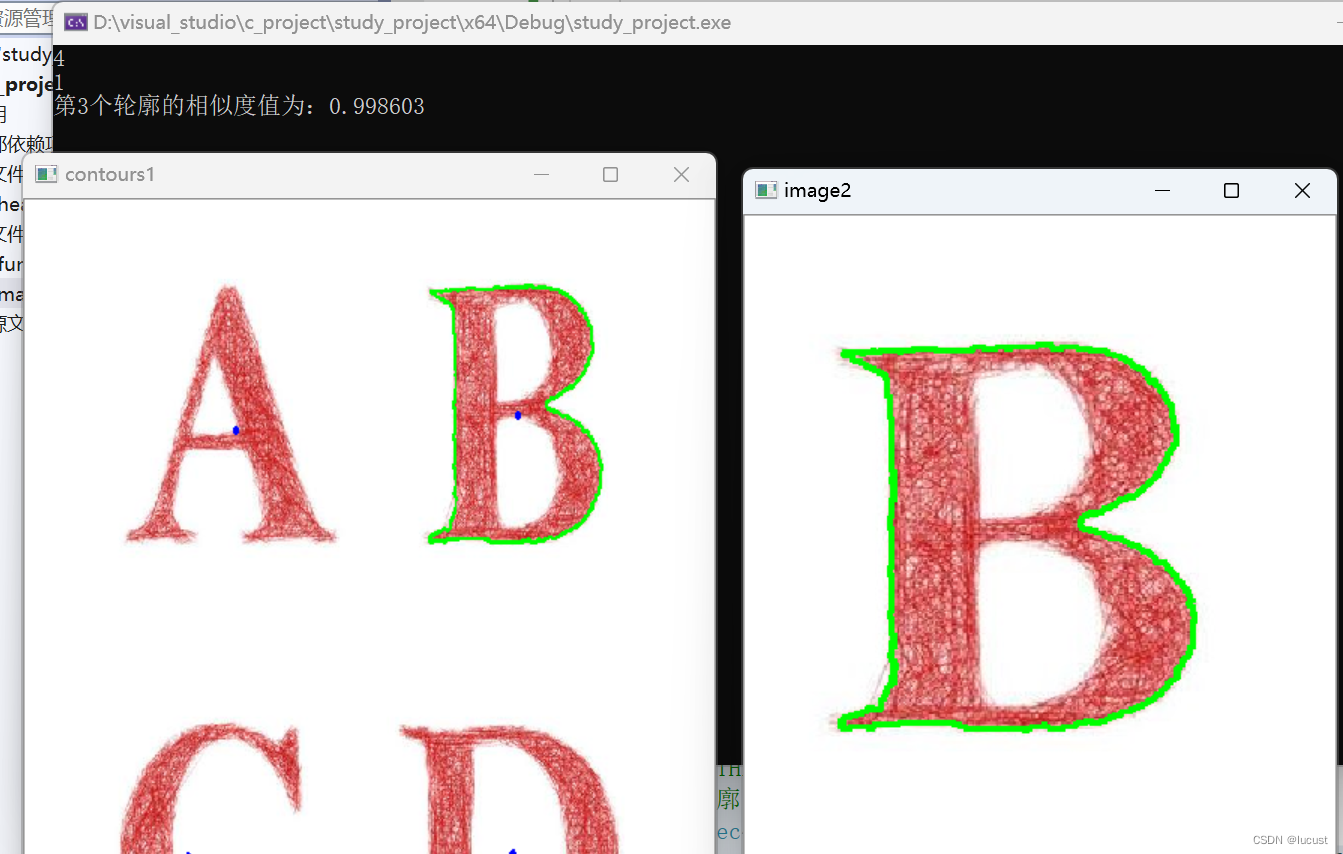

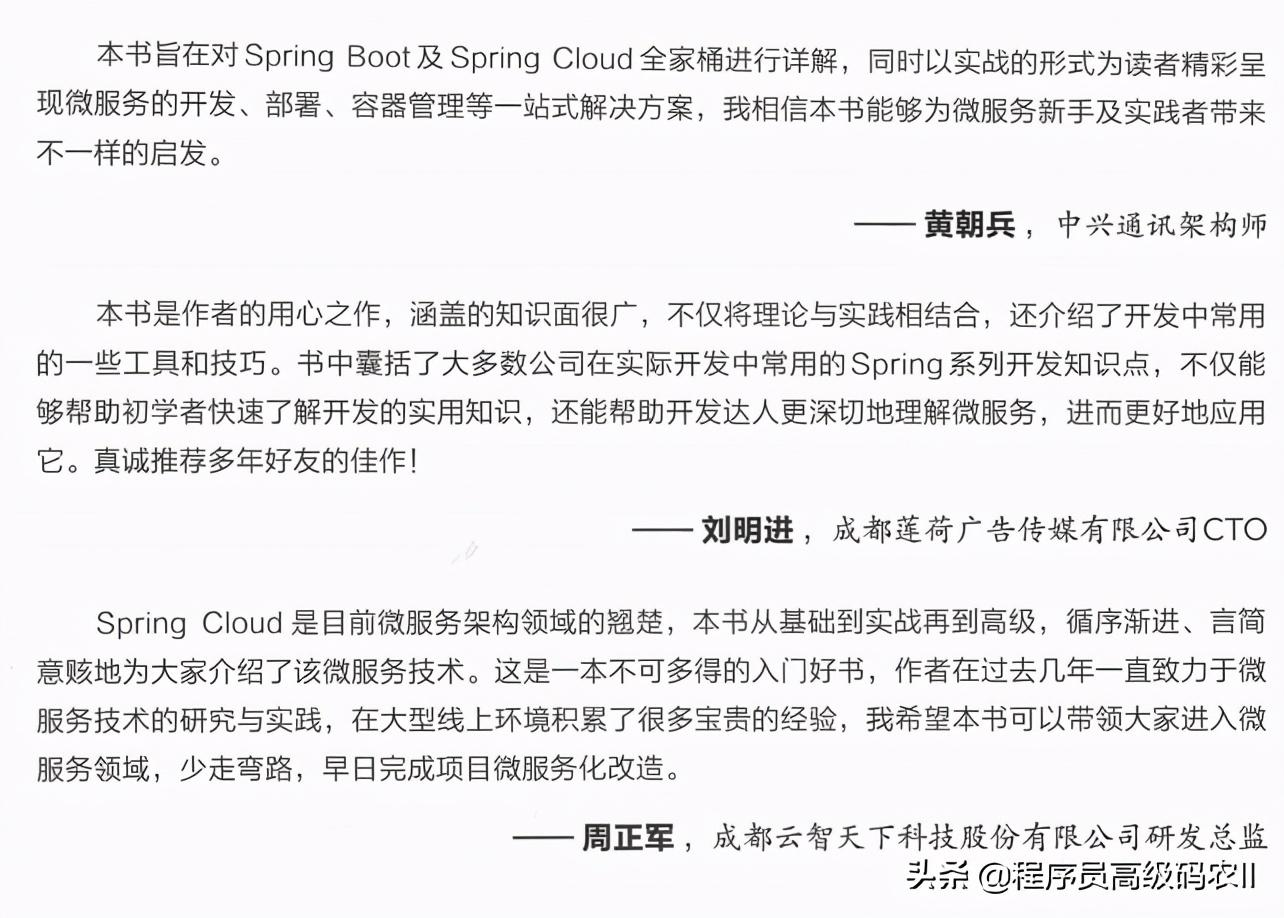
![[附源码]Python计算机毕业设计Django共享汽车系统](https://img-blog.csdnimg.cn/60e4fd6896974b88865c46ee0a0b32d6.png)
